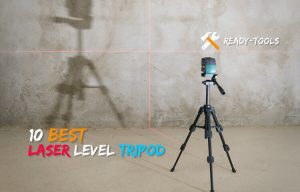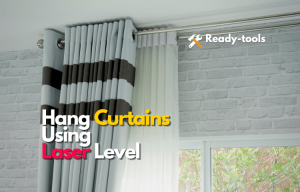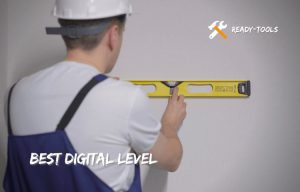Lasers provide several advantages, one of which is their adaptability. They have applications that extend well beyond the purview of conventional scientific research. The use of lasers in building or landscaping is an example of one of these “non-traditional” applications for technology.
When cutting material, lasers are frequently used to indicate where a blade will fall. This is done with several different types of equipment. They are also employed in the capacity of levels in various contexts. The use of lasers in construction will be discussed in the following article; more specifically, it will examine the many available laser levels.
What is a Laser Level?
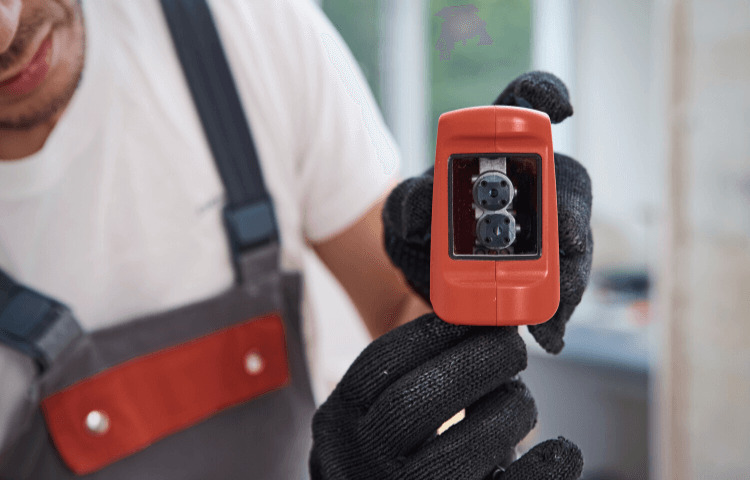
A device known as a laser level is a piece of equipment that projects a laser beam in either the horizontal or the vertical plane. Creating level lines for a variety of applications, including house building, tiling, and landscaping may be accomplished with the assistance of laser levels.
Some laser levels are only capable of emitting a single kind of beam at a time, while others can send out both horizontal and vertical beams at the same time. Some laser levels can also project a dot, line, or cross onto the surface they are being used on.
Laser levels can be carried in hand or placed on tripods depending on the user’s preference. The quality of the gadget and the type of laser level both play a role in determining how accurate the instrument is.
Laser levels are an indispensable piece of equipment in many constructions and home improvement jobs. They contribute to the assurance that lines are level and that surfaces are level, which, in the long run, may save a great deal of time and work.
If you are considering buying a laser level, you should complete your research to get the most suitable model for your requirements. Because there is such a wide variety of laser levels available on the market today, it is essential to shop around for the one that best satisfies your requirements.
What Role Does the Laser Level Play in the Surveying Process?
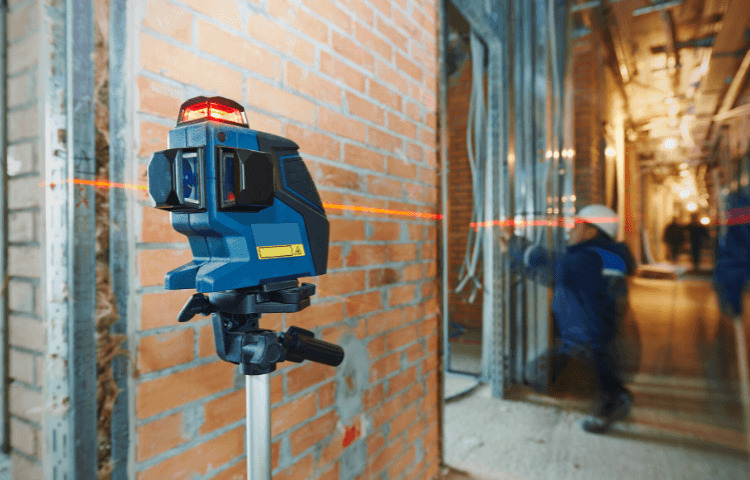
When surveyors need to define elevations between two sites, a laser level can assist in establishing reference points that the surveyors can use. Setting an absolute fact and measuring elevations are the tasks that frequently use laser levels.
You can use an absolute point as a reference point since it doesn’t move, and you can use it to determine the elevation difference between any other surface locations.
It is comparable to the leveling rod utilized on the days when people would mark a position on the ground with a flag. So long as the flag remained in its original location, you could determine where you were about the point from which you began.
The most crucial distinction is that in today’s world, you don’t need someone to hold onto a wand or guiding bolt while you measure anything else. This is made possible by advances in technology. You only need to place yourself or your tripod at one spot, and an alignment tool will automatically identify the height of another site about the fixed point.
How is a Laser Level Used in Construction?
The employment of a laser level in the construction industry may take many different forms. One of the most popular applications is to assist in leveling off pourings or concrete pours.
Before pouring the concrete, you should first make sure that the ground is level by using a group. Your completed project will be much easier to level and have a far better appearance.
One additional frequent application for a laser level is to assist in establishing the grade of a building site. It is possible to guarantee that the excavation and fill soil is placed at the appropriate depth if the quality is first established. This will assist in avoiding any sinking that may occur in your building, as well as difficulties with the foundation.
Driveways, sidewalks, and other paving projects may all benefit from using laser levels in the layout process. Using a level, you can ensure that the pavement is level and looks fantastic. This will ensure that it is level.
Last but not least, laser levels can assist in establishing a building site’s elevation. This will help guarantee that the result is the appropriate height when shown.
As can be seen, laser levels have a wide variety of applications within the construction industry. If you are engaged in the process of constructing something, it is imperative that you make use of a laser level to ensure your success.
Types of Laser Levels:
The field of optics enjoys classifying many types of lasers. Sometimes we do this by classes, such as those discussed previously; other times, we do it by medium, such as semiconductors, gases, or solid-state. The three primary varieties of laser levels are as follows:
1. Dot Laser Levels:
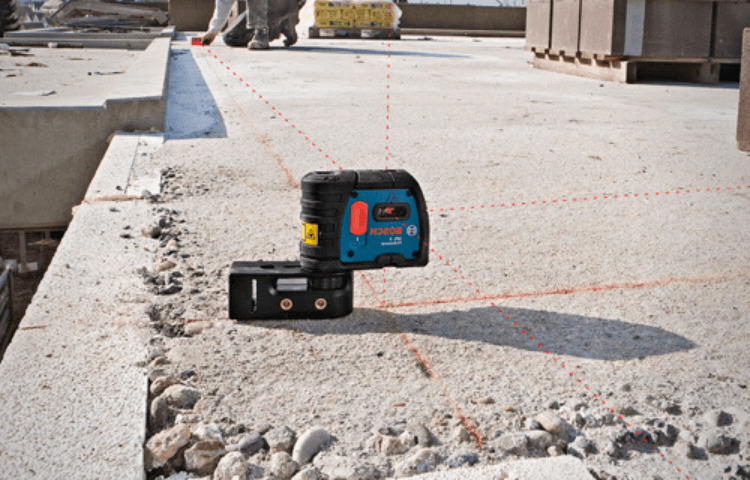
These laser levels are often available at a lower cost than the other two types of laser levels discussed earlier. They are frequently used to check that walls are plumb, which is why they are sometimes referred to as Plumb Levels.
This indicates that the walls are positioned perfectly vertically from top to bottom. Laser levels that use dots project the dot in a single direction. Variants of this dot project a cross or many beads rather than a single drop; the dot itself may not necessarily be a single dot.
These kinds of levels usually adjust themselves automatically as you play. A pendulum is one of the internal components to meet this objective.
When the pendulum is at its center position, it is calibrated, and the laser component that projects the beam is adjusted correspondingly to be launched at the correct angle. In addition to the construction of walls, additional applications for dot-level lasers include laying foundations and even the construction of fences.
2. Rotatory Levels:
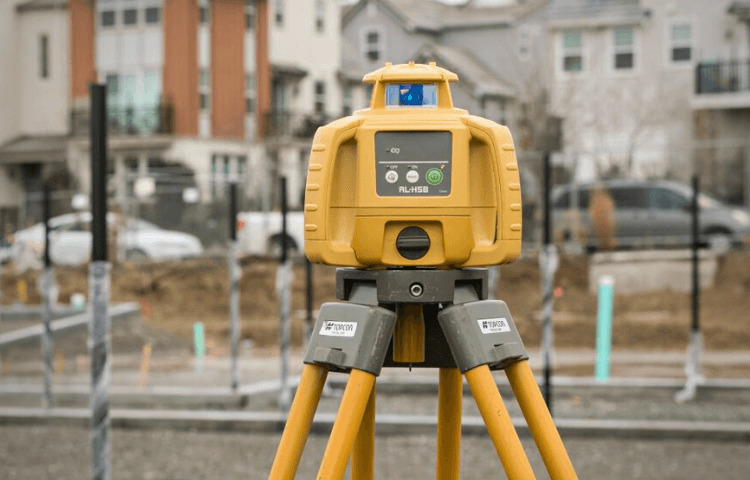
These levels have been arranged in a mechanized fashion. A gyroscope controls the beam’s alignment with the surface of the earth in conjunction with a motor. Rotary groups provide a beam capable of traversing the whole of a circle.
A diode on the inside typically projects an image onto an inclined mirror that spins. Because of the rotation of the mirror, the beam is cast in the shape of a circle.
They are utilized extensively in the beginning stages of a new development zone. These levels help level the ground and assess whether additional material must be added or removed to achieve a level surface.
It may not be difficult to distinguish the beam under some settings, such as when one is further away from the level or when the surrounding environment is exceptionally bright.
This is because, as opposed to having a single, concentrated focus, the beam is dispersed throughout the entirety of the circular space it occupies. Because of this, it is possible that in some circumstances, when a larger diameter is required, either a rotating laser with greater power is needed or rotary laser detectors are required to be utilized.
Because they can detect the beam at a wider distance than the human eye, these detectors can increase the range over which the level may be used. The human eye is unable to do so. On the other hand, even these detectors often only increase the range by 1.5 times that the human eye can detect.
To circumvent this issue, there are some more recent kinds of rotary levels that, rather than bending the beam using a mirror or prism, only utilize a motor to spin a diode about the center of the device. This does the same thing as projecting a circle, except it can cover a greater distance.
3. Line Levels:
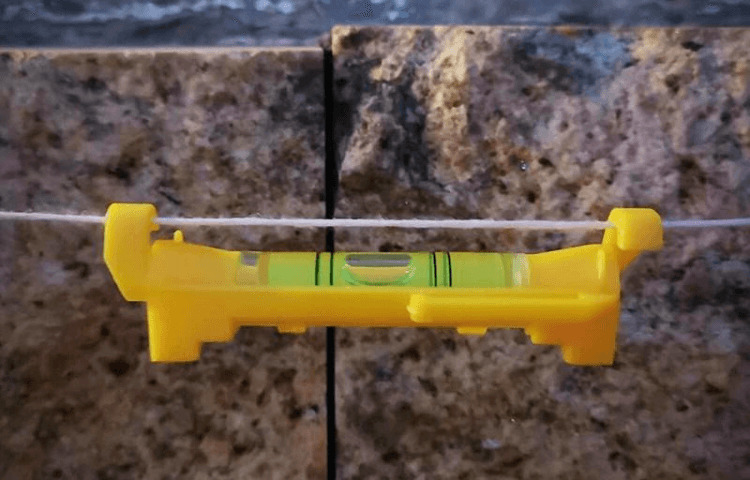
Line laser levels may often be rotated across an angle of up to 180 degrees and can cast either a horizontal or a vertical beam. This effect may be achieved by employing a prism to split the shaft so that a line is projected onto both sides of the level that extends outward from the center.
Again, the beam could auto-level itself with the help of a pendulum or reach a point where it needs to be manually leveled. Because these levels produce one full beam, they are accommodating for projects that span a distance, such as the length of a wall.
This is very handy when attempting to match heights along several flat surfaces. A good illustration of this would be the simultaneous installation of cabinets on numerous walls.
Laser Levels Used in Construction: Things to Consider Before Buying
How do you decide which laser level is best for your needs? It would help if you searched for many different characteristics, but here are two that are very important:
Accuracy: The industry standard is 1/8 of an inch for every one hundred feet (1:100). Some put it higher, and some put it lower. Still, the American National Standards Institute has established this as the industry norm (ANSI).
If you want greater precision than that and your finances let it, then you should invest in superior equipment. If your equipment isn’t quite up to par, you always have the option to rent something else to utilize in the meantime.
However, this argument has a minor nuance related to vertical accuracy. Some levels may promote their horizontal accuracy (which we care about the most), but they may not mention anything about their vertical accuracy. Therefore, there is yet another item that requires your attention.
Speed: Rotary and plane lasers are the two types of laser levels available (also called line lasers). Rotary lasers are unique because they only produce light from a single spot on the device.
Since these lasers can also spin 360 degrees, you can position them in any way you like and turn them until everything is aligned correctly. Plane lasers feature an alignment vial that only lets you face one course at a time; because of the construction of these lasers, they are more precise than rotary lasers but take more time.
When comparing lasers of different types, plane lasers often outperform rotary ones in terms of speed because it requires less time to move the device to each mark than it does to spin the laser beam.
However, some rotaries may be just as quick, or even faster, since they can take advantage of gravity. Their alignment vials always point vertically, no matter which direction you aim them.
While line lasers are more commonly seen in surveying equipment, rotary lasers offer a more comprehensive range of uses that extend beyond surveying and construction alignment, among other things.
Which Kind of Laser Should You Buy: One That is Corded or One That is Cordless?
The surveying profession requires much hands-on work; depending on the type of surveyor you are (topographic surveyor, for example), you can spend the whole day establishing reference sites and measuring the relative altitudes between them.
On the other hand, if you work for a construction company and need to measure quickly on the job site, then a cordless unit would be preferable. This is because you will not have to worry about tripping over your power cable while moving around on ladders or hanging off scaffolding if you use a cordless unit.
If money is not much of a concern for you, then either option is a good choice. It is always nice to have the best equipment possible so that when someone asks, “what kind of laser level do you have?” there won’t be any warning signs for them to consider that you might be hiding something. Using either one will give you greater flexibility in how you choose to complete your work.
Frequently Asked Questions:
What are the best types of laser levels to use in construction?
Construction uses many laser levels. Rotary laser levels are expected. This laser level may level foundation forms, set column and post placements, and verify elevations. Grade rod or reflectorless laser levels are also utilized in construction. These gadgets measure height or grade. Self-leveling cross-line lasers are standard in the building. These devices project horizontal and vertical lines that overlap at 90 degrees, making leveling easy.
What is the accuracy of a laser level?
There is no definitive answer to this question, as the accuracy of a laser level can vary depending on several factors, such as the quality of the level itself and the environment in which it is being used. However, laser levels generally can be highly accurate, with some models boasting an accuracy of up to 1/8 of an inch at 100 feet. So if you’re looking for a laser level to help you get the job done right, research to find one that meets your needs.
How to use a laser level?
Depending on your needs, several methods to utilize a laser level. If you need to level something, use the laser level to draw a reference line. To achieve this, position the laser level straight forward. Once set up, the laser level may be used to level any surface. You may design a grid with the laser level for more precise leveling. Set the laser level to a square or rectangle to achieve this. Once set up, the laser level can produce a grid on any level surface. When leveling a big area, use the laser level to generate a reference plane. To achieve this, position the laser level straight forward. Once set up, the laser level can level any surface.
Conclusion:
As we’ve seen, laser levels play an essential role in construction projects. They are ensuring that lines and planes are levels to help create an accurate and stable framework for the rest of the project.
Many different types of laser levels are available on the market, each with its advantages and disadvantages. When choosing a laser level for your next project, it’s essential to consider the specific needs of the job at hand.
Whatever type of laser level you choose, follow the manufacturer’s instructions carefully. And always use caution when working with lasers – they can be dangerous if misused.

